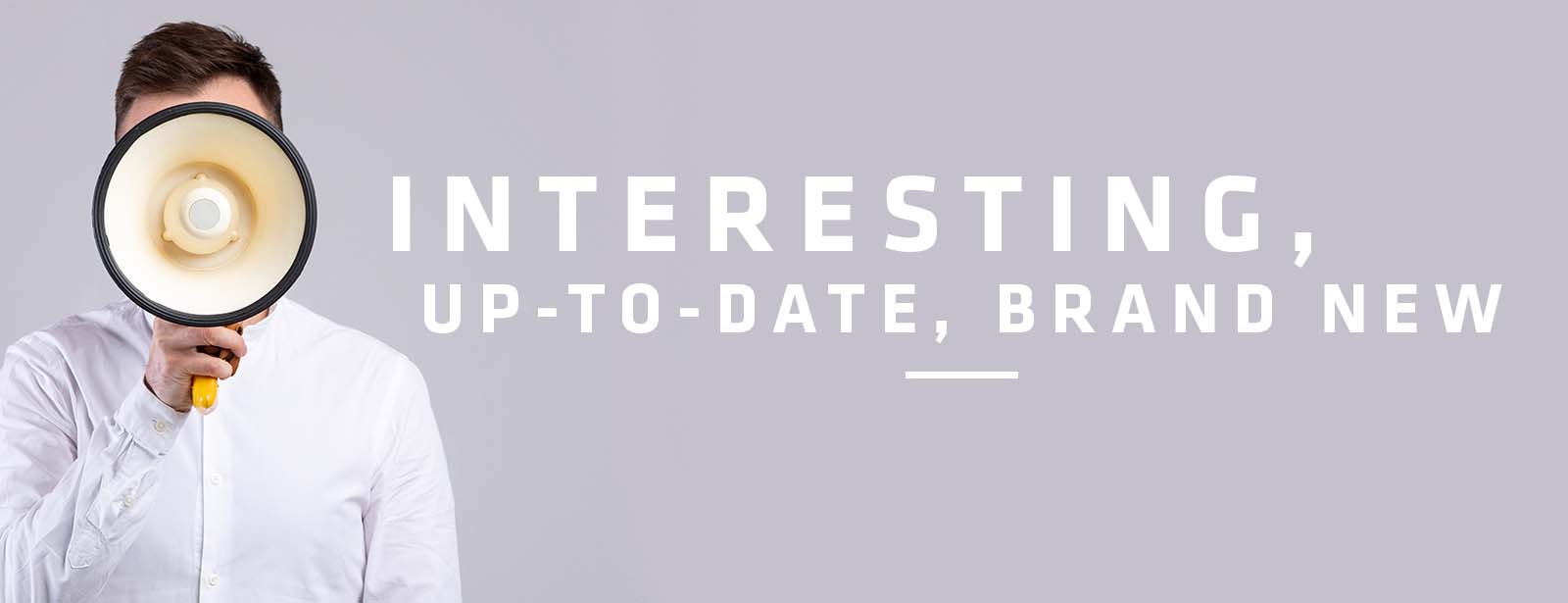
Sustainability begins with the right mindset.
 In the recent talk with Master Italia near Venice, the topic of sustainability was examined from a different perspective, because for Master Italia it means more than changing to sustainable materials and production.
In the recent talk with Master Italia near Venice, the topic of sustainability was examined from a different perspective, because for Master Italia it means more than changing to sustainable materials and production.It's like a hat. It has its own language, like the calm when the battle is over or the desire to take on everything. It always has something to tell, and it tells everyone its story in a thousand colors, signs and shapes. Everyone wears it, whether they are rich or poor, young or old.
This is what Master Italia stands for with its Atlantis brand. For them it means much more than just creating an accessory. It means passion and striving to make every wish become possible, so that everyone can gets exactly the headwear they want. It means offering top-class customer service with personalized advice for finishes and materials. Customized, individualized, and high quality with lots of Italian passion. Master Italia has more than three million products in stock, enabling its flexibility and short lead times.
Currently it has a pool of 26 different sustainable materials: from certified organic cotton, recycled cotton, recycled polyester, recy-nylon and more. For the patches, Atlantis uses bio-based and recycled silicone or polyester, as well as other preferred materials that helps limit environmental impact.
As an environmentally-conscious company, Master Italia has set itself the goal of producing all Atlantis products in a more environmentally friendly way by 2025. And beyond that, Master Italia has made it one of their priorities to build a culture of sustainability in their social environment. This is the start of a long journey that they as a company will not embark on alone, but together with all stakeholders.
What does this mean? Master Italia has its own private forest, the Bosco dei Racconti. Around 600 plants grow there, which to date have sequestered around 182 tons of CO2. After extensive calculations and measurements, Master Italia can now show exactly how much CO2 each plant sequesters. In addition, anyone can learn about the different species, history and effects of each plant via a digital map and on-site information boards. Working closely with local schools, the company aims to pass on this knowledge and the importance of forests directly to younger generations. This forest is regularly extended with new plants.




